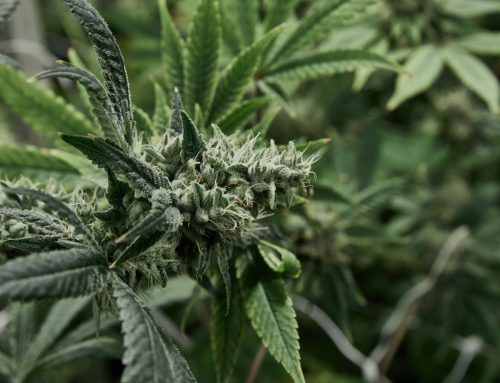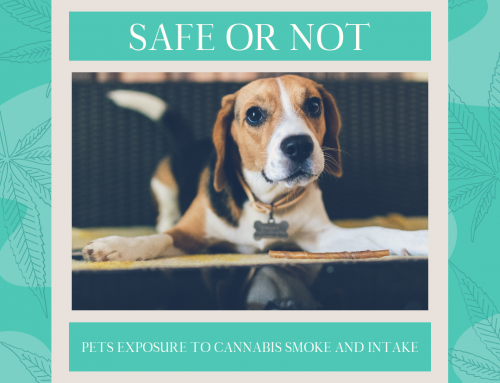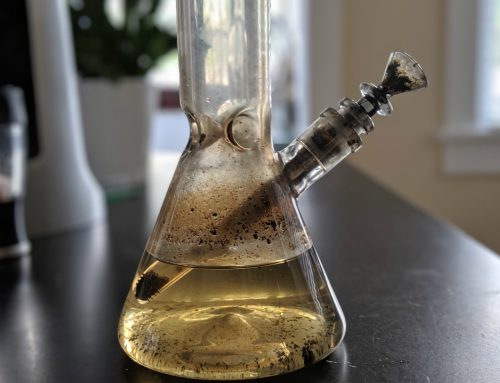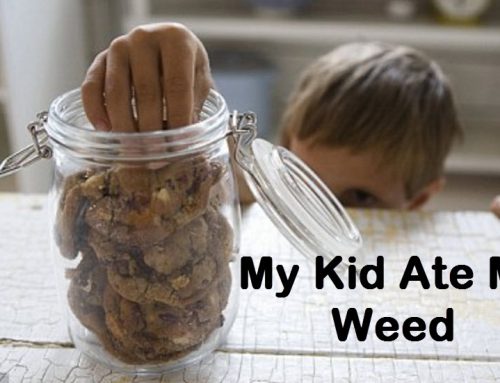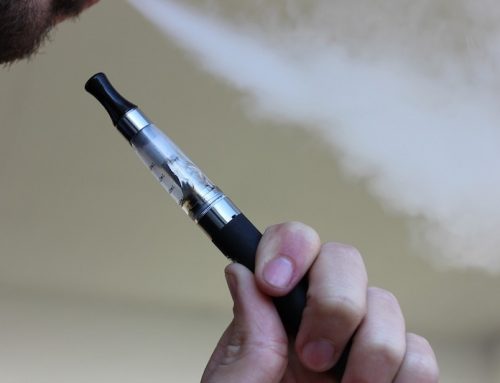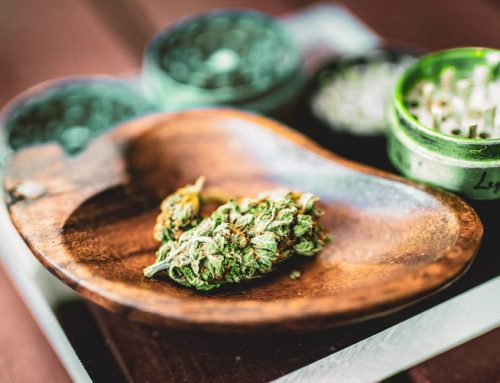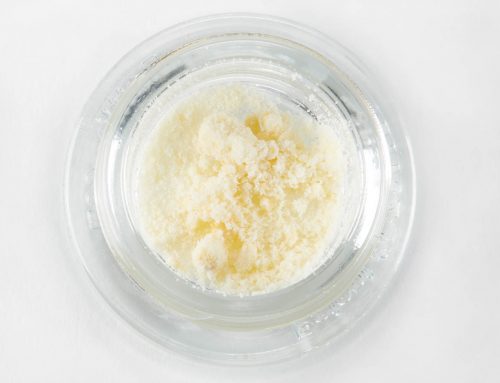
It’s often assumed that the THC you need to get high is ready and waiting in fresh cannabis flowers. In which case, you could simply eat a bunch of fresh buds and get baked as you like. Hence, it often surprises cannabis newcomers to learn that raw cannabis actually contains almost no psychoactive compounds whatsoever.
If you’re not convinced, try making a smoothie with a generous quantity of raw cannabis flowers. However much you put in, you’re unlikely to feel any noticeable high whatsoever.
THCa vs THC
Everyone knows that it’s the THC and CBD in the cannabis they consume that do the business. However, comparatively few realise that the cannabinoids in raw cannabis have no psychoactive properties in their original form. Instead, they exist as tetrahydrocannabinolic acid (THCA) and cannabidiolic acid (CBDA) – cannabinoid acids that will not get you high.
However, these cannabinoid acids are known to have a wide variety of therapeutic properties. Hence, it can still be beneficial to consume cannabis in its raw form. Nevertheless, in order to produce the THC and CBD you’re interested in, decarboxylation is necessary.
What Is Decarboxylation?
In simple terms, decarboxylation occurs when the raw cannabis flowers (or plant matter in general) is exposed to heat. Decarboxylation can occur by way of combustion, vaporisation or heating the cannabis to a sufficient temperature by any other means – cooking it, for example. If the temperature is hot enough, the THCA is converted into THC and the CBDA becomes CBD.
The main reason decarboxylation is unfamiliar to so many cannabis users is the fact that it is a natural component of the consumption process in most instances. From smoking to vaping to making cannabis edibles and so on, almost every approach to cannabis consumption includes decarboxylation. Hence, it is something that is rarely given a second thought by most.
It’s only when you learn raw cannabis doesn’t get you high that the subject starts getting interesting.
What’s the Best Decarboxylation Method?
Again, if you are planning to smoke or vape your cannabis flowers, you don’t need to worry about decarboxylation. Everything will take care of itself during the combustion heating process. However, if your intention is to cook with your cannabis – or perhaps use it to make therapeutic products like tinctures or balms – it will need to be decarboxylated manually. Otherwise, the resulting product will not have the desired effect.
The decarboxylation process involves exposing your cannabis flowers to a carefully controlled temperature for a specific amount of time. In the case of THCA, converting the compound into THC means holding it at a temperature between 105° C to 116° C for approximately 30 minutes. Ideally, it’s advisable to keep the temperature closer to the lower end of the scale, in order to preserve both the potency and taste of the cannabis.
If temperatures are allowed to exceed 120° C (or the recommended decarboxylation times exceeded), it can have a detrimental impact on the final result. Carefully controlled decarboxylation is a precise and time-consuming process, but is nonetheless essential for producing a product you can work with.
As for the best approach to decarboxylation, the following methods are the simplest and most popular of all:
Decarboxylation in the Oven
It’s perfectly possible to decarboxylate in a standard oven, just as long as it is in decent condition and therefore has a relatively accurate temperature control. You’ll want to heat the oven to approximately 105° C, ensuring you don’t turn on any fans or special features.
Place your chopped cannabis flowers and plants matter on a sheet of baking paper on a baking tray, spreading it out into an even layer. Then pop it in the oven and give it approximately 30 minutes, after which it should feel crumbly and have turned to a golden brown colour. Give it time to cool, grind it as necessary and use it in your favourite recipes.
Microwave Decarboxylation
Microwave cooking can be imprecise and difficult to control at the best of times. Hence, it’s not necessarily the best decarboxylation method out there. Evidence suggests that terpenes and cannabinoid content can be affected by microwave decarboxylation, but it is nonetheless a popular approach when you need to get things done in a hurry.
Again, it’s a case of breaking your plant matter into small pieces and placing it on a suitable plate in an even layer. Set the microwave to full power and set the timer for approximately 2 minutes, giving your buds a flip and stir at around the halfway mark. It’s of the utmost importance to keep an eye on things throughout the process, as taking things too far in a microwave even by seconds could wreck your weed.
In addition, you’ll want to check your microwave’s power output before getting started. This guideline is for an 800W microwave – power ratings can vary from 600W up to 1200W or more.
Sous Vide Decarboxylation
Perhaps the safest and most consistent decarboxylation method of all, the sous vide method is growing in popularity among cannabis connoisseurs worldwide. You’ll need a fair amount of specialist equipment to get it done, but sous vide decarboxylation removes any prospect of overcooking your cannabis and also eliminates the odour…which can be useful where discretion is preferred.
Grind your cannabis flowers and plant matter relatively coarsely, before sealing them in an appropriate bag using a vacuum sealer. Set the sous vide to 95° C (it doesn’t need to be any higher than this), submerge the bag in the water and leave it in place for approximately 1 hour. After which, your cannabis will have decarboxylated to an optimum level and will be ready to use.
As an added bonus, your weed will also emerge from the sous vide in a vacuum sealed storage container, in which it will stay fresh for weeks on end.

